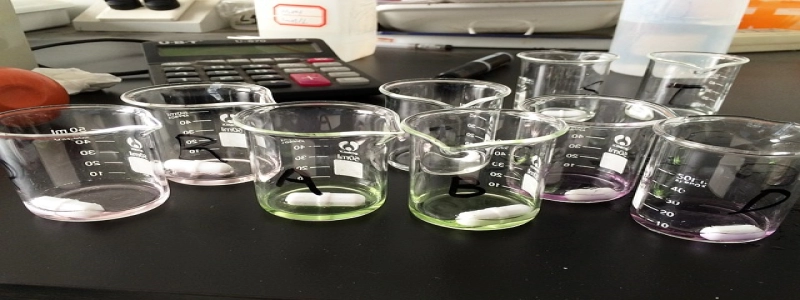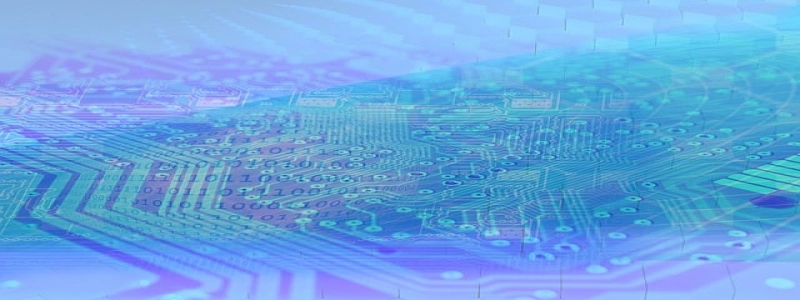What is Attenuation?
Introduction:
Attenuation is a term used in various fields, including telecommunications, physics, and signal processing. It refers to the reduction or weakening of a signal’s strength as it travels through a medium or encounters obstacles. In this article, we will explore the concept of attenuation in detail and understand its significance in different applications.
I. Understanding Attenuation:
A. Definition:
Attenuation is the gradual loss of a signal’s intensity or power due to factors like distance, interference, or absorption by the medium it travels through.
B. Importance:
Attenuation affects the quality and reliability of signals, such as audio, video, or data transmissions. Understanding and managing attenuation is vital to ensure effective communication and transmission integrity.
II. Factors Affecting Attenuation:
A. Distance:
As a signal travels across a medium, its strength decreases with distance. This is due to spreading or scattering effects, which reduce the signal’s power density.
B. Medium Characteristics:
Different media have varying degrees of attenuation. For example, optical fibers have lower attenuation than copper wires, making them suitable for long-distance communications.
C. Interference:
External factors like electromagnetic interference or radio frequency interference can weaken a signal as it travels, leading to attenuation.
D. Absorption:
When a signal passes through a medium, some of its energy may be absorbed by the medium itself, resulting in attenuation. This is especially relevant in radio waves propagating through Earth’s atmosphere.
III. Measuring Attenuation:
A. Decibels (dB):
Attenuation is typically measured in decibels, denoted as dB. It quantifies the signal strength reduction experienced during transmission.
B. Attenuation Coefficient:
The attenuation coefficient represents the decrease in signal strength per unit distance. It helps in estimating the extent of attenuation a signal will undergo in a specific medium.
IV. Applications of Attenuation:
A. Telecommunications:
Attenuation is a critical factor in telecommunication networks, where it affects signal transmission and quality. Understanding attenuation helps engineers design systems with appropriate power levels and compensate for signal losses.
B. Audio and Video Transmission:
Attenuation influences the quality of audio and video signals during broadcasting or streaming. It is crucial to manage attenuation to ensure clear and distortion-free sound and images.
C. Scientific Research:
Researchers studying the behavior of various waves, such as electromagnetic waves or seismic waves, analyze attenuation patterns to gain insights into the properties of different materials and the absorption characteristics of diverse mediums.
Conclusion:
Attenuation plays a significant role in various fields, impacting the performance and reliability of signal transmissions. By understanding the factors influencing attenuation and employing techniques to compensate for signal losses, professionals can ensure effective communication and high-quality audio, video, and data transmissions. Managing attenuation is crucial for the successful implementation of modern technologies and scientific research.








